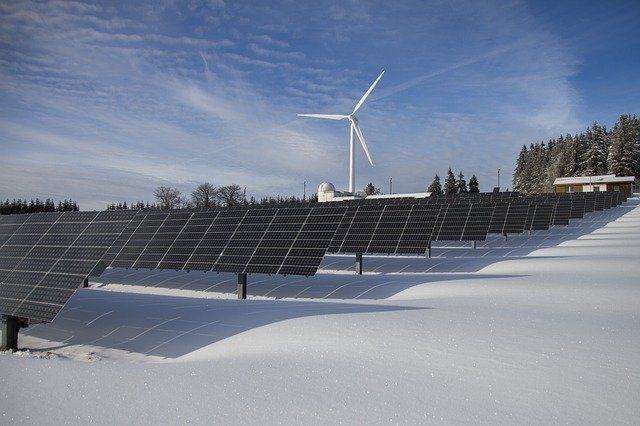INTRODUCTION
Renewable Sources: These are naturally occurring resources that get replenished over time. Examples are geothermal heat, tides, precipitation, wind, sunlight, waves, etc. The energy that is produced from renewable natural resources is called renewable energy. It also involves energy that is produced from a renewable resource such as biomass.
Non-Renewable Sources: These are natural resources that don’t get replenished quickly. Examples are fossil fuels. The energy that is produced from nonrenewable resources is called nonrenewable energy. Organic matter is transformed into natural gas or oil over time with increased temperature and pressure under the surface of Earth.
For further information, read: What Are Renewable Energy Sources? – Types of Green Energy
RENEWABLE ALTERNATIVE ENERGY SOURCES
Fossil fuel combustion releases carbon dioxide that is a greenhouse gas and causes global warming. Environmental pollution is increasing due to coal-fired power plants. Non-renewable energy resources are getting depleted due to overexploitation. There is a dire need for renewable alternative energy sources to reduce environmental pollution.
Also read: Is Transition To Clean Energy Crucial For Our Survival?
Below five renewable alternative energy resources are mentioned.
1. Solar Energy: It is defined as the production of electricity by using energy from sunlight. It includes photovoltaics, solar power systems, etc. For more detailed info, check out: What is Solar Energy? – Uses, Advantages, Disadvantages
2. Wind Power: It is defined as the production of electrical power by using wind energy. The wind provides mechanical power to wind turbines. Also check out: What is Wind Energy? – Uses, Advantages, Disadvantages
3. Geothermal Energy: It is defined as thermal energy that is produced and gets stored in the Earth’s crust naturally. It is produced as a result of radioactive decay. It includes hot springs, geysers, etc.
4. Hydropower: It is defined as the production of electricity by using fast-running water. The kinetic energy of water is transformed into mechanical energy to run power machines.
5. Bioenergy: It is defined as the production of energy by using biofuel or biomass. The organic matter transforms and stores sunlight into chemical energy. It includes yard waste, food waste, waste from crops, etc.
Also read: What is Nuclear Energy? – Uses, Advantages, Disadvantages
The table below is representing the advantages and disadvantages of alternative renewable energy sources.
| Serial No. | ALTERNATIVE SOURCES OF ENERGY
|
Examples of energy-producing source | Advantages | Disadvantages |
| 1. | Solar Energy | Photovoltaics |
|
|
| 2. | Wind Power | Wind Turbines |
|
|
| 3. | Geothermal Energy | Hot springs, Geysers, |
|
|
| 4. | Hydropower | Watermills |
|
|
| 5. | Bioenergy | Organic Matter such as Food waste, Yard waste, Farm waste, etc |
|
|
Also check out: Why We All Should Move to Clean Renewable Energy
I hope you all liked this post! Please comment below if you have any suggestions, comments, or feedback! We at #envpk love hearing from our readers! Thanks!




